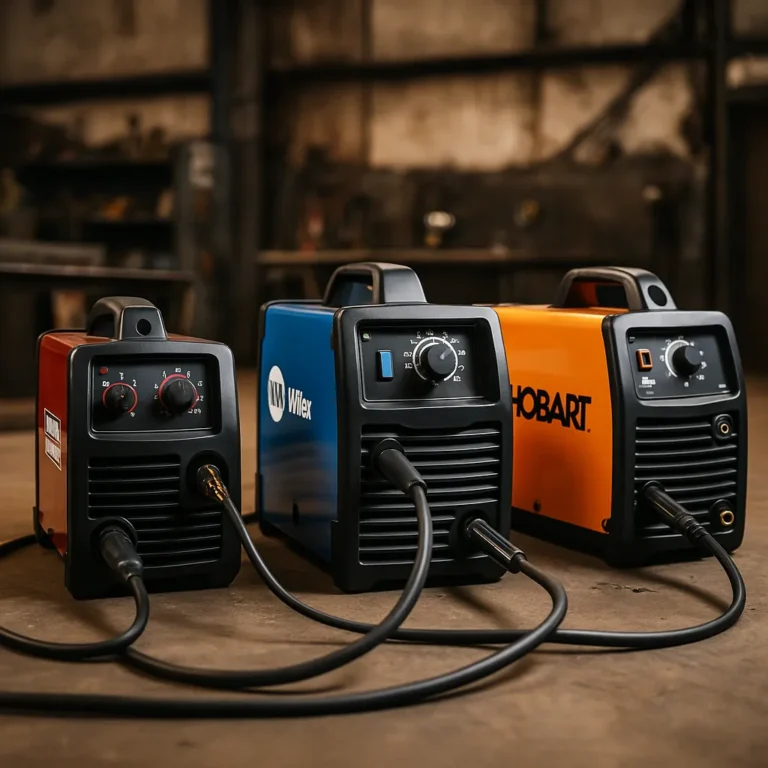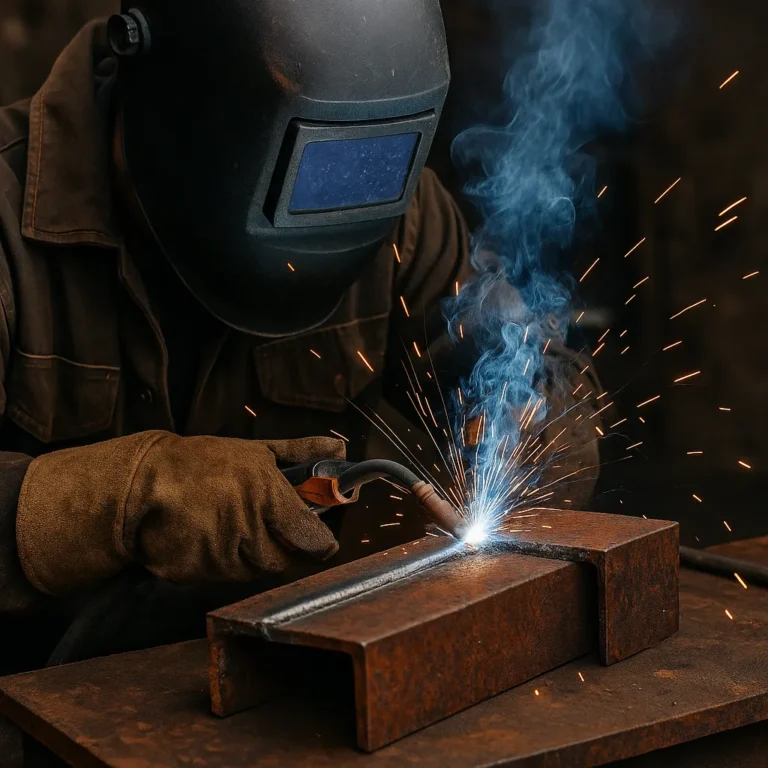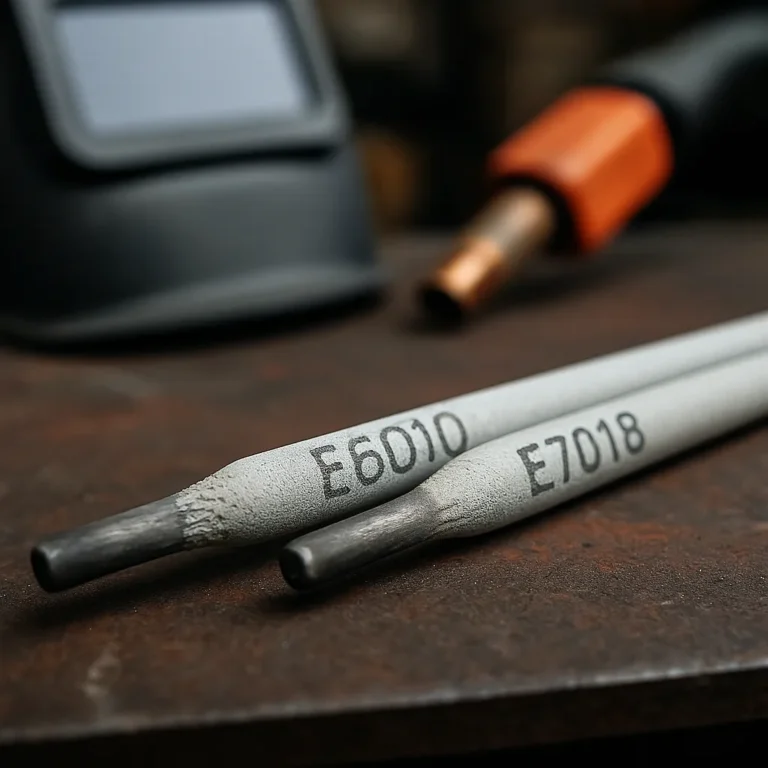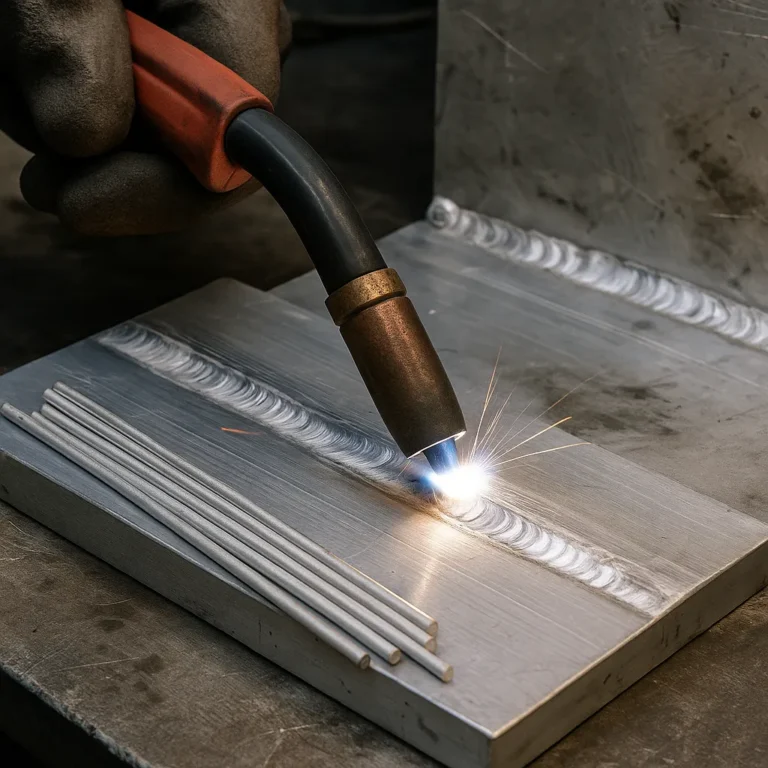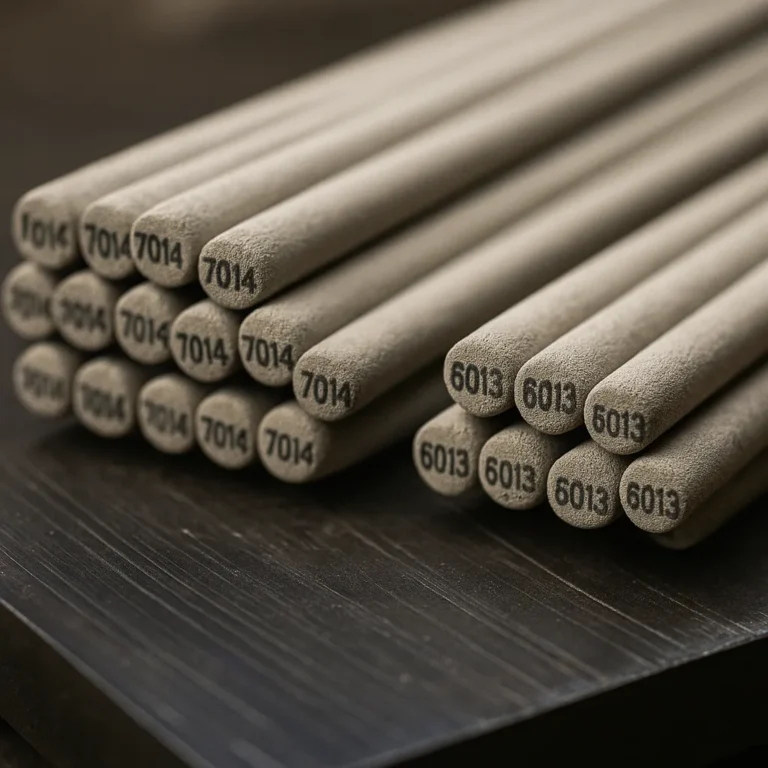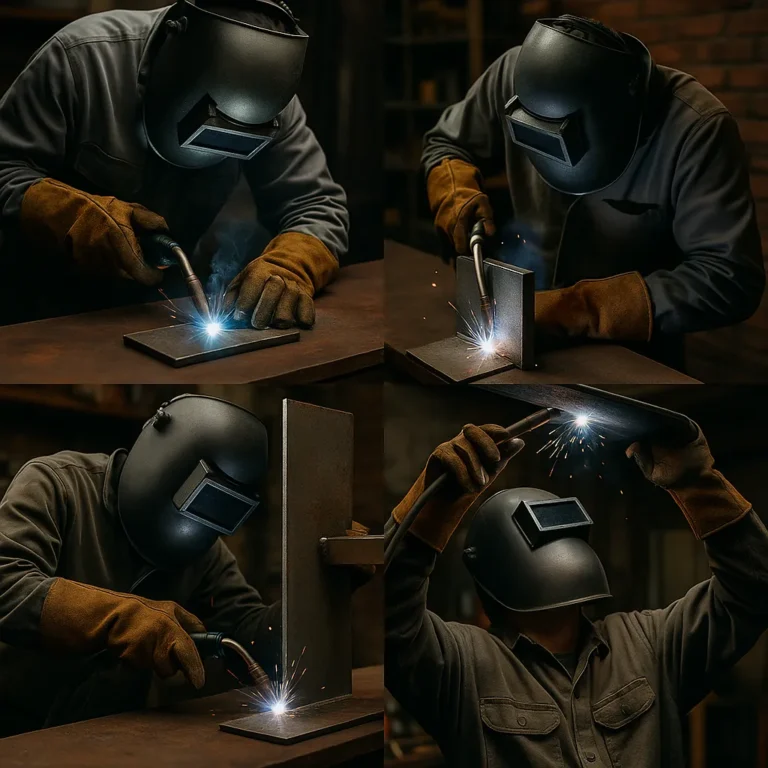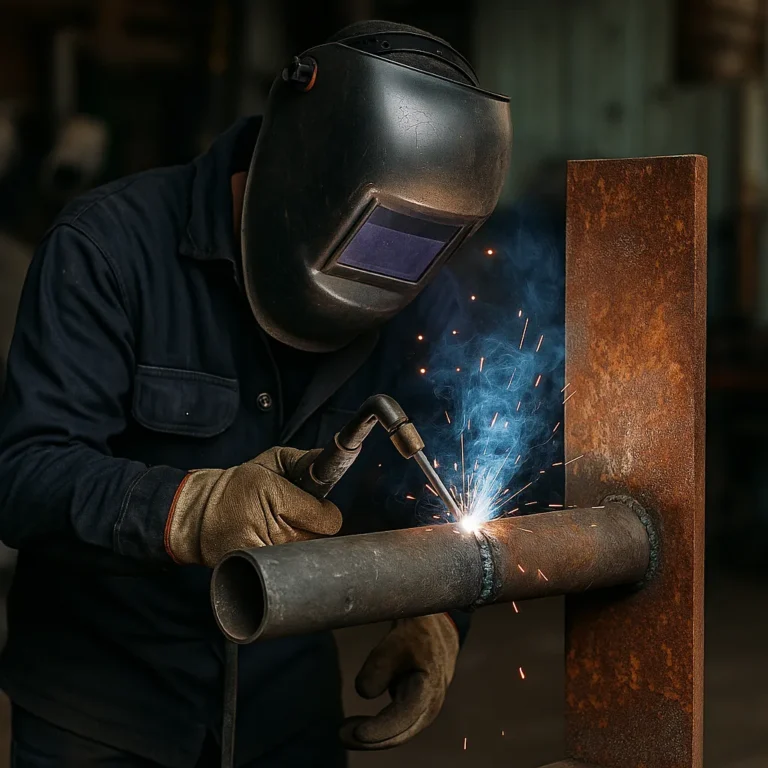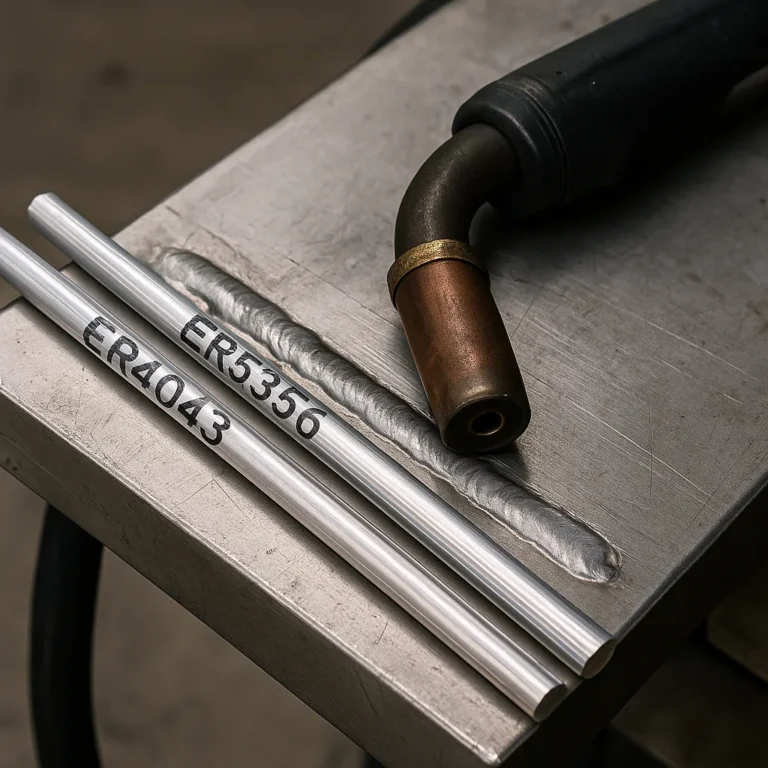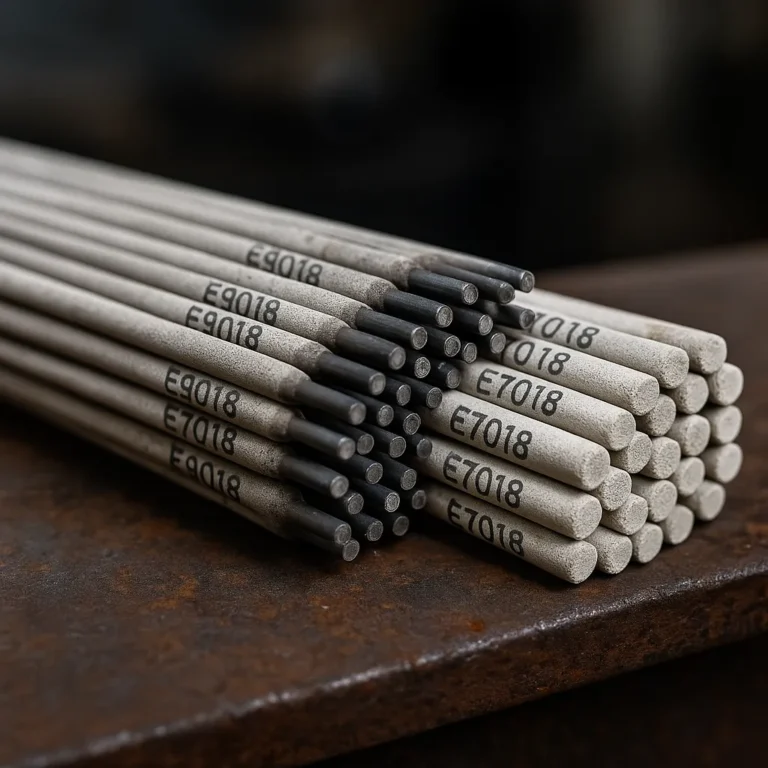Best Brand of Welding Machine for Power, Precision, and Ease
If you’re shopping for a welding machine, the brand you choose can make or break your experience. It’s not just about price or power—it’s about how well that machine handles under pressure, how easy it is to set up, and whether it grows with your skills. Some brands consistently earn trust from welders for good…

